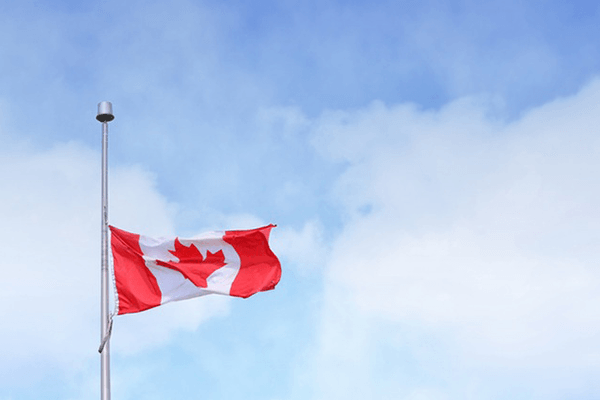Healthy eating is a challenge for newcomers to Canada. Studies show that newcomers to Canada develop health problems related to changes in their food consumption which affect settlement outcomes. Some newcomers increase their consumption of fast food, eat out more often, and substitute precooked or canned food instead of preparing it from scratch.
The Culture Connection
People express their cultural identity through food; therefore, having cultural foods accessible is important for helping newcomers foster a ‘sense of belonging’. Many immigrants express a longing for the ingredients they regularly had access to back home. Foods imported to Canada from an immigrant’s home country doesn’t have the same taste because the food has added preservatives in order to arrive fresh after travelling a long distance. Furthermore, imported foods often come with a bigger price tag, which is a problem for newcomers who are often on a tight budget.
Although many newcomers try to maintain their traditional diets, changing their eating habits is inevitable. This can have a positive or negative outcome. Having access to a wider variety of fruits and vegetables than before can improve newcomers’ nutrition while having access to more processed foods will have a negative effect on their health.
Read more: Bitesize: Creating a CFIA compliant Nutrition Fact Label
Low Income & Food Insecurity
Food insecurity is a problem for newcomers. Food insecurity occurs when a household has inadequate or insecure access to food because of financial restraints. Recent immigrants to Canada are much more likely to experience food insecurity than those who are Canadian-born and immigrants who have been in Canada longer than five years. In fact, 50 per cent of people accessing food banks are newcomers.
Barriers to Healthy Eating
You can imagine how difficult it would be arriving in a new country without speaking the local language and then having to get healthy food to feed your family on a very tight budget. Even the act of visiting the grocery store can be very overwhelming. Many newcomers to Canada aren’t used to shopping at large grocery store chains. It is difficult to know that most healthy food in grocery stores is placed along the edges of the aisles. Fresh dairy, bread, meats, and veggies are commonly found along the outer aisles while the center is filled mostly with packaged and processed foods.
Reading nutrition labels is also a challenge – even for long-time Canadians. Without a comprehensive understanding of English or French, it is difficult to read through a list of ingredients to understand which ones are healthy and which ones aren’t.
Read more: Sustainability within the Foodservice, Hospitality, and Events Industry
What Can Be Done to Help Newcomers Eat Healthier?
Develop a Local Community
Community gardens provide an affordable way for newcomers to grow food and attain some of the staples they are used to from back home. Many city governments are supportive of community garden initiatives and offer up land and starter kits. Creating and maintaining access to affordable community gardens has a very positive effect on newcomers’ nutrition and fostering a sense of belonging in their new communities. Seeds and gardening tools should be subsidized for low-income members so that they are always accessible. Transportation can be a barrier for newcomers accessing community gardens so it is important initiatives are taken in multiple locations. Finally, education on gardening is important as not all newcomers have gardening skills and gardening in different climatic zones requires different knowledge.
Read more: How To Market your Healthy Dishes with Social Media
Newcomer Nutrition Tours in Grocery Stores
Offering tours guided by a nutritionist in grocery stores can help newcomers get the lay of the land in a large grocery store that may be very different from the ones back home. Educating newcomers about nutrition labels and ingredients can help them make healthier choices when they are shopping. This can not only benefit newcomers but creates new customers for the grocery store.
Read more: Bitesize: The Growth of Takeouts and Meal Kits
Food Preparation and cooking
Offering community cooking classes which emphasize nutrition foster both a sense of community while learning to incorporate Canadian foods in a nutritious way. In these classes, principles of the Canada Food Guide can be introduced.
Promote Healthy Eating on a Budget
Educating newcomers on meal planning and shopping on a budget will help them eat better. Eating well does not need to cost a lot of money. Programs should focus on how to access resources available to newcomers to help them eat better such as food banks and community kitchens.



















